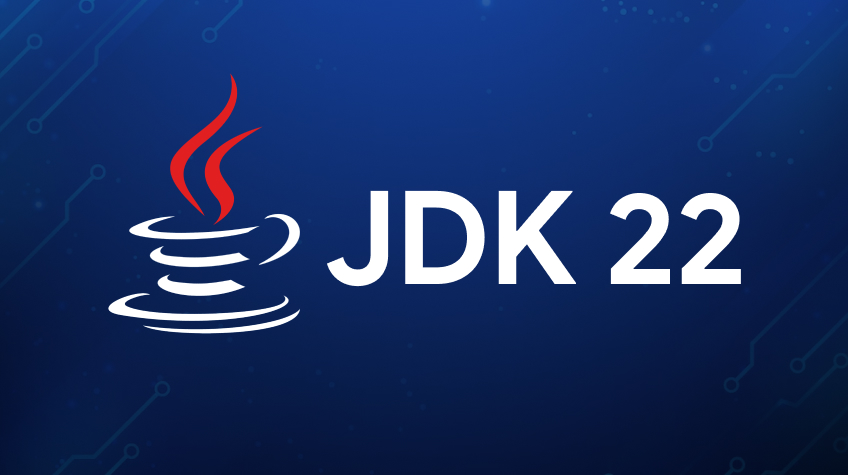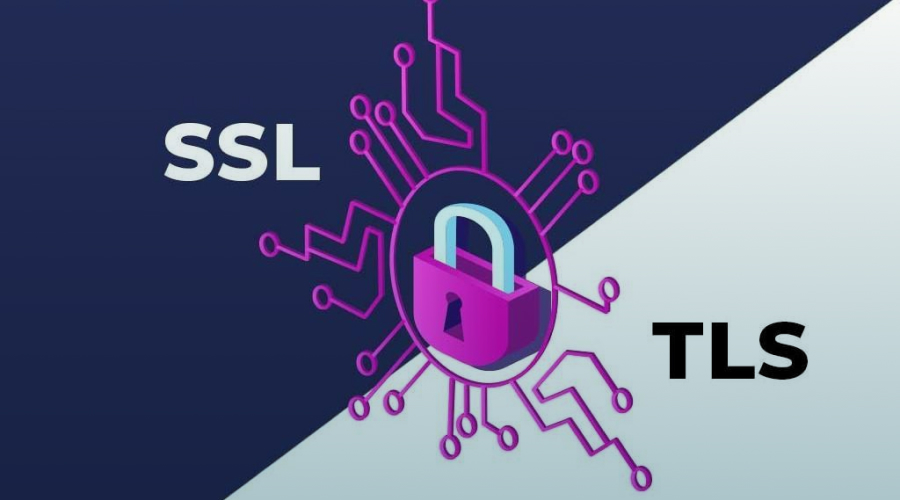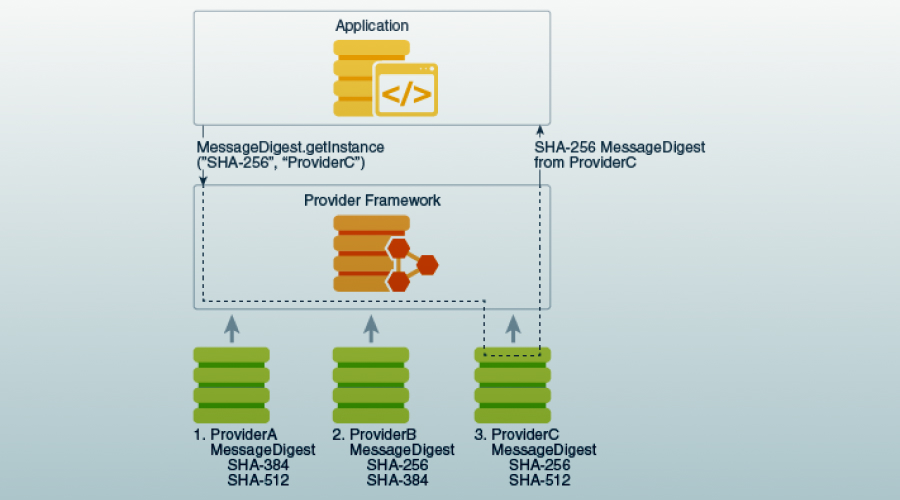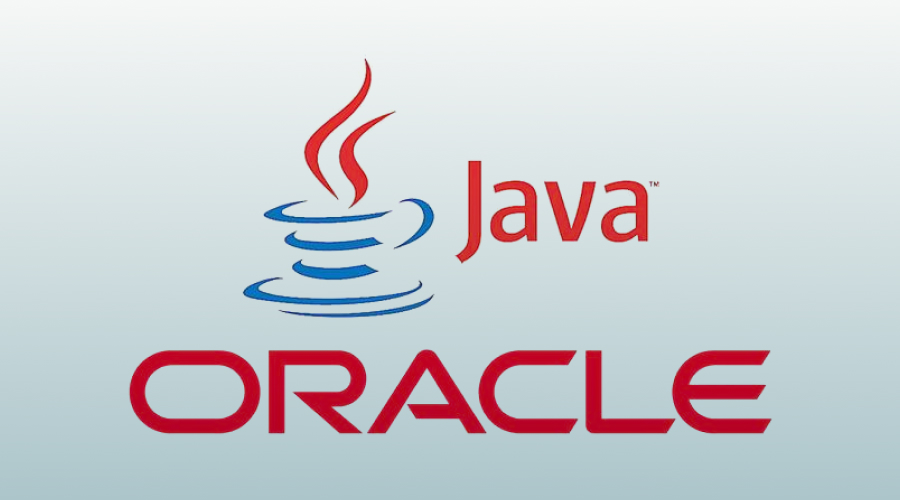
Java is extremely concerned about security and the language itself is pervasively focused on functionalities and performance. This is even more important in light of the threat landscape that keeps evolving. JDK 22 introduces some critical security enhancements that enhance application protection. This article explains in more detail how these enhancements translate to developers and the overall security dent of Java development services.
- Top Security Enhancements in the Latest Java Releases
A Deeper Look at Java Security
The key point to consider is that, for Java, security is a multidimensional attribute. Generally, the language itself is secured by design through other attributes, such as strong typing, automatic memory management and sandboxing, even before the features provided by JDK 22 are applied. Oracle being the company behind Java, it also has a proactive security policy, with new security patches and updates being officially released from time to time.
JDK 22 Security Enhancements
Let us now discuss in some detail what specific security enhancements were brought with JDK 22:
- Enhanced Transparency with java -Xshowsettings:security: This command-line option allows developers to understand, at a deeper level, the security configuration inside their Java environment. It prints out the security properties, security providers with their supported algorithms, enabled TLS protocols and cipher suites, among others. This high-level visibility is now enabling developers to make decisions that are most favorable to the security posture of their application.
- java.security.AsymmetricKey Interface for Modern Cryptography: This new interface standardizes operations of asymmetric keys, the ones that represent the only element found in cryptographic communications. It acts as a superinterface with the classes java.security.PublicKey and java.security.PrivateKey already existing that facilitates further integration of future asymmetric algorithms, providing therefore compatibility with the evolution of the cryptographic needs.
- Deprecation of jdk.crypto.ec Module: This module is used to implement elliptic-curve cryptography so that its functionality can be supplemented directly into the java.base module. With this enhancement, it becomes much easier to deploy applications that depend on elliptic-curve algorithms and adds up to better integration into a flowing cryptographics platform.
- Expanded PKI Root Certificates: Another 10 root CA certificates have been added to the cacerts keystore. This means that, with these new additions, applications across the board can now connect to even more diverse servers, whose connections are guaranteed to be trusted to even wider extents than ever before. Among the new ones are some major, recognizable names in the industry, which include eMudhra Technologies, DigiCert, Let’s Encrypt, Telia and Certigna.
- Enhanced Transport Layer Security (TLS) Control: New properties in JDK 22 that allow setting the maximum length of client and server certificate chains passed in the TLS handshake. Such fine-grained control gives more ability to fine-tune the security configuration to better fit application needs.
- XML Signature Support for RSA-SHA3: The JDK now supports the generation and validation of XML signatures using the RSA signature algorithm with SHA-3 digests. This basically is much newer and enhanced hashing algorithms are compared to their predecessors. Well, this enhances the cryptographic integrity of XML digital signatures, therefore making the process of tampering with signed data from attackers challenging.
- Extended JCE Support for HSS/LMS Signatures: Java Cryptography Extension (JCE) picks up another new capability feature in the HSS/LMS signature algorithm. This allows developers to use HSS/LMS for digital signatures, which is actually an alternative to classical RSA-based signatures. However, it should be noted that although JDK 22 supports HSS/LMS verification, file JAR signing is supported using the same algorithm only through a third-party provider.
Also Read: Importance of Mobile App Security
Security Beyond JDK 22: A Look at the Future
The focus on security continues in future Java releases. Here is a glimpse into what to expect:
➢ Removal of Insecure Cipher Suites and Protocols

Java is always seen actively moving in the removal of older, insecure cipher suites and protocols, such as TLSv1 and SSL. This process is continuous and ensures that applications are built on the latest, most secure cryptographic standards.
➢ Continued Evolution of Cryptographic Algorithm

The Java ecosystem has always seen changes that include cryptographic algorithms that are newer and stronger. This ensures that applications are not exposed to new threats exploiting weaknesses in the old algorithms.
➢ Enhanced Security Features of Frameworks

Popular Java frameworks come up with the developments in security features to meet new security challenges. For instance, Spring Security. In this case, the developer must remain current with the new releases.
A Safe Platform for Modern Java Development
The security enhancements in JDK 7 and continued efforts to improve security in later versions of Java exhibit great commitment to making Java strong and secure for development. Understanding these security attributes will enable you to write applications that are strongly hardened against today’s threats.
➢ Summary of Key Security Enhancements in JDK 22
| Feature | Description | Benefit |
|---|---|---|
| java -Xshowsettings:security | Enhanced command-line option for displaying security configuration details. | Increased transparency into application’s security posture. |
| java.security.AsymmetricKey Interface | New interface for handling asymmetric keys. | Simplifies handling of future asymmetric algorithms and ensures compatibility. |
| Deprecation of jdk.crypto.ec Module | Functionality moved to java.base module. | Streamlines cryptographic foundation and simplifies application deployment. |
| Expanded PKI Root Certificates | Addition of 10 new trusted CAs in cacerts keystore. | Enables secure connections to a wider range of servers. |
| Enhanced TLS Control | New properties for managing certificate chain lengths during TLS handshakes. | Granular control over TLS security settings for specific application needs. |
| XML Signature Support for RSA-SHA3 | Support for XML signatures using RSA with SHA-3 digests. | Stronger cryptographic integrity for XML signatures. |
| Extended JCE Support for HSS/LMS Signatures | JCE gains functionality for HSS/LMS signatures (verification only). | Option to leverage HSS/LMS for digital signatures; signer requires third-party provider. |
Security Best Practices for Java Developers
Apart from this way of security, the application Java programmer can still make his application as secure as possible by following all these best practices:
- Regular Updates: Use the most current version of Java 23, along with its security patches and other fixes. And make sure the users update too.
- Secure Coding Practices: Follow basic principles of secure coding and avoid the most common security vulnerabilities. Apply static code analysis tools to look for potential security hazards.
- Library and Framework Management: Use libraries and frameworks from reputable sources and have a policy to update them to remediate known vulnerabilities.
- Input Validation: All input from users should be validated so that no attempt at malicious code injection is introduced.
- Least Privilege: Implement the principle of least privilege, under which applications are provided access only to the minimum information and resources required for their functioning.
- Secure Communication: Ensure that the communication from the client to the server is done using safe protocols, such as HTTPS.
- Threat Modeling: The threat modeling should be performed in order to understand potential security risks and apply relevant mitigations.
- Regular Security Testing: Finally, penetration tests or vulnerability scans for the identification and repair of security shortcomings.
By following such practices, along with security features in Java, hardy and reliable applications can be realized that will stand against modern security threats.
The Future of Java Security: A Collaborative Effort
The security of the Java ecosystem concerns all stakeholders and is brought by a joint effect. The main ways that different stakeholders can contribute are as follows:
1. Oracle

It remains at the pinnacle of security, supplying timely patches, updates and evolution of the platform with advanced security features.
2. OpenJDK Community

Key to vulnerability detection and reporting with regard to proposing security enhancements and sharing best security practices.
3. Security Researchers
They contribute by responsibly disclosing vulnerabilities and working with the community to develop fixes.
4. Java Developers
Implement secure coding practices, stay updated with the latest security features and best practices and report any security concerns encountered.
By working together, all stakeholders can ensure that Java remains a secure and reliable platform for building modern applications.
Also Read: Microservices Architecture in Java
Conclusion
Security is paramount in the digital world in which the present generation lives. With the greater Java community always working to maintain high security standards, Java boasts a secure programming environment. A developer can understand and implement these security features to ensure that the application he has developed with Java is enhanced to take on evolving threats.
FAQs
Q1. What does the java -Xshowsettings:security option do?
This provides more space for developers to investigate the security settings within their Java environment and make an informed decision about the security posture of the application.
Q2. How does the java.security.AsymmetricKey interface simplify cryptography?
This interface acts as a superinterface for existing public and private key classes, paving the way for easier integration of future asymmetric algorithms and ensuring compatibility with evolving cryptographic needs.
Q3. Why is the jdk.crypto.ec module being deprecated?
This module will be shifted in functionality to the java.base module acting as a more cohesive and consolidated cryptographic base, reducing deployment efforts for applications relying on elliptic curve algorithms.
Q4. What are we doing when we add new root CA certificates to cacerts keystore?
This will broaden the breadth of approved CA and hence allow more applications to safely connect to a wide range of servers without running into the problem of untrustedness.
Q5. How does enhanced TLS control benefit developers?
Newly introduced properties provide other fine-grained controls over security settings by developers and either optimize them according to needs of the application specifically or control length certificate chains during TLS handshakes.
Q6. What are the benefits of using XML signatures support RSA-SHA3?
SHA-3 is a more robust hashing algorithm compared to its predecessor. This further addition makes XML Signature less prone to attacked data altering through more robust cryptographic integrity.
Q6. Can I use JDK 22 to sign JAR files with HSS/LMS signatures?
The JDK 22 only provides verification of HSS/LMS signatures. If one needs to sign JAR files with this algorithm, they also require third-party providers.






